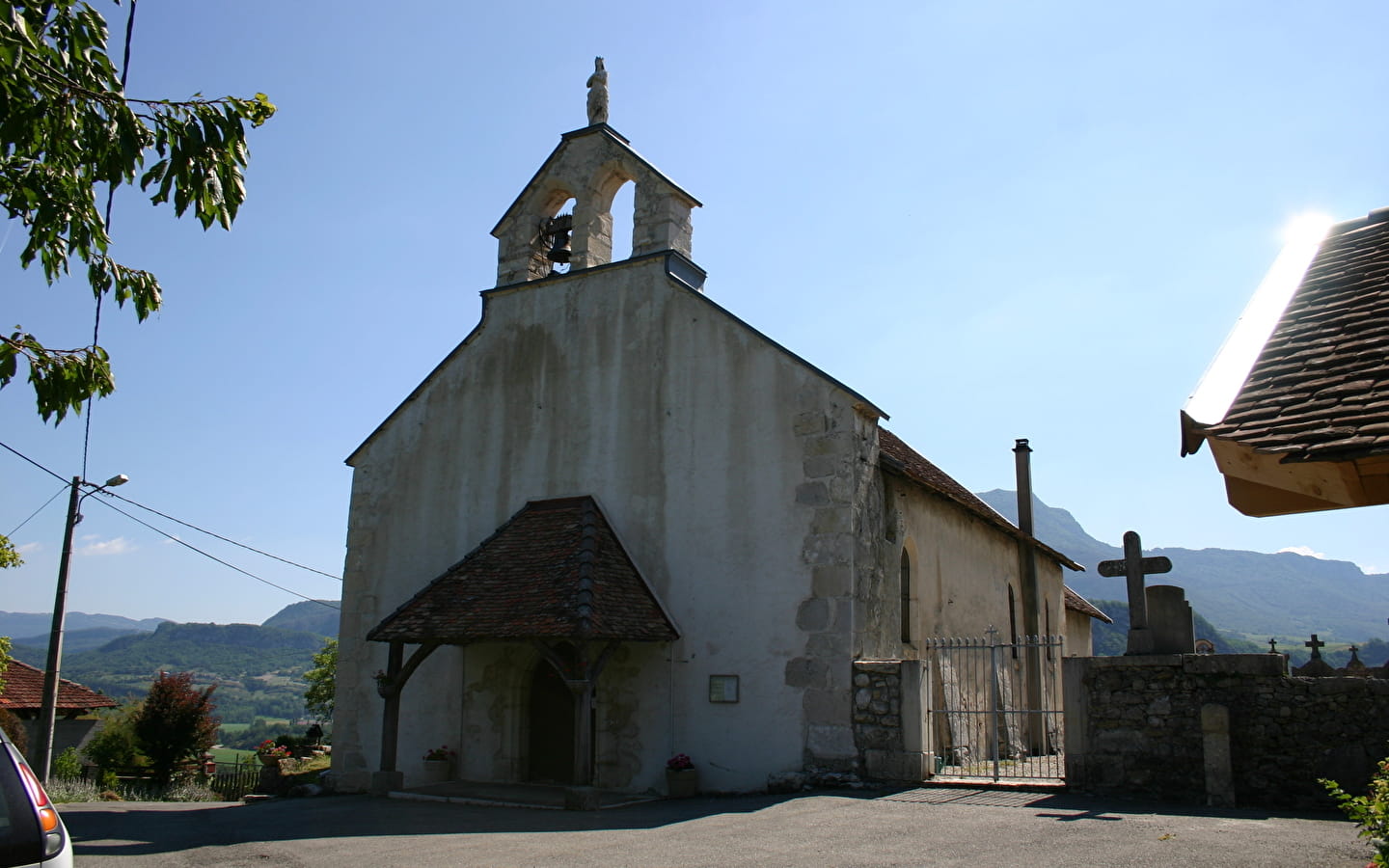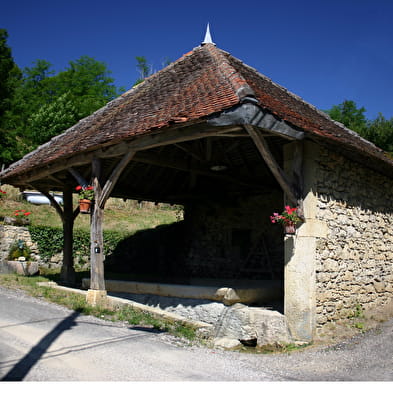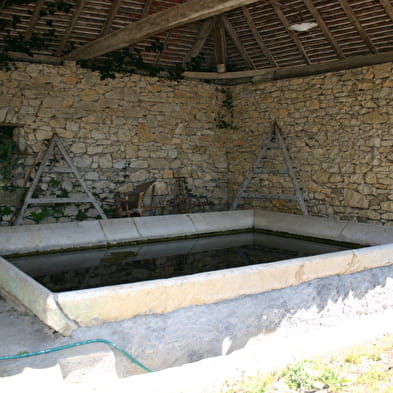
Patrimoine du village de Parves-et-Nattages
The earliest human settlement is attested by the discovery of several cup stones, lasting evidence of prehistoric occupation. Later, the Romans settled here: ancient coins have been found.
This territory was under the suzerainty of the Counts of Savoy: the small hamlet of Chemilieu, in the former commune of Parves, depended in particular on the lordship of Pierre-Châtel.
The parishes of Parves and Nattages were united from the 17th century, when the church of Saint-Vincent de Nattages was rebuilt.
The church in Parves dates from 1894. It was also in the 19th century that Parves separated from Nattages.
Another remarkable element of the commune's heritage is the tomb of Pierre Boisson, situated on a high site with an unobstructed view of the Rhône. Pierre Boisson, a freemason born in Loisieux in 1819, made his fortune in Mexico. His compatriots refused to give him a Christian burial, so he bought permission from the commune to build his tomb on this spot.
The vernacular architecture of the Buges is also very present, as the commune has an oven and a washhouse in each hamlet, built of molasse or brick.
The most remarkable are those in the hamlets of Charmont, Château-Bochard and Montpellaz.
- French
- Pets not allowed
From 01/01/2025 to 31/12/2025








